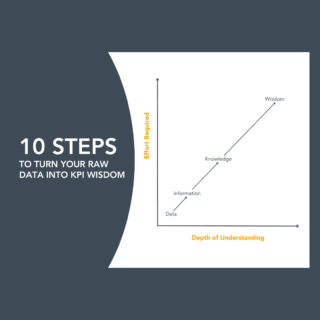Tips to improve how strategy is employed in your workplace can show up where you might not expect it. My son plays a lot of soccer, and many an evening I stand at the side of the pitch as the cold rain drips down my neck. I often find things to occupy my mind, but one night my interest was piqued by a phrase I heard his coach repeating to the boys – “Slow down the pace. Speed up the brain”. I was intrigued by the coach’s approach with these 11 year-old minds as we all often rush from one seemingly urgent matter to the next and then wondered what we accomplished that day.
On our way home, I asked my son what he thought the coach had meant when he repeatedly barked these words to the team. “Well,” he said, “our coach wants us to be always thinking about the game, whether we have the ball or not. Where are my team mates? Where is my competition? What will be the best play if and when I get the ball? He wants us to stop just reacting, and be always prepared in our mind for our next move.” I liked it and continued in my line of questioning. “Well, what about the pace part. Shouldn’t you be trying to be quick?” I questioned. “I don’t ‘think he is telling us not to play the ball quickly if that is the best play,” my son said. “But he wants us to calm down, lift our heads up to see the whole field, increase our composure on the ball, and use our brains as much, if not more, than our bodies with and without the ball.”
As my son detailed what he had learned, it seemed to be so relevant to the work place and to provide an important context for strategy. His coach is teaching the boys to THINK strategically all the time so that when the play comes to them, each one is prepared to make the right strategic play – not just any play.
Developing and employing strategy with your organization requires exactly what the boys were learning on the wet turf that evening. We need to take time away from the urgent busy work that fills our days, lift our heads up and create an environment that allows our executives and their teams to use the wisdom they have to move the organization forward.
In soccer the goal always seems so clear; put the ball in the back of the net – as many times as possible. But against real competition, executing is not as easy as it sounds, is it? So I take this simple phrase with me as I work with my clients. To create successful environments for our teams to execute strategy, we must encourage them to find ways to ask and answer these same questions: What is my job vis-a-vis my colleagues? Where is my competition and what are they doing? Do I lift my head up enough to see our whole environment? Can I think more strategically about my work so that I am not just reacting, but that I am anticipating?
By finding ways to encourage the people in your organization to slow down enough to think strategically about their work every day, you will likely find that the proverbial ball gets in the back of the net more often.


